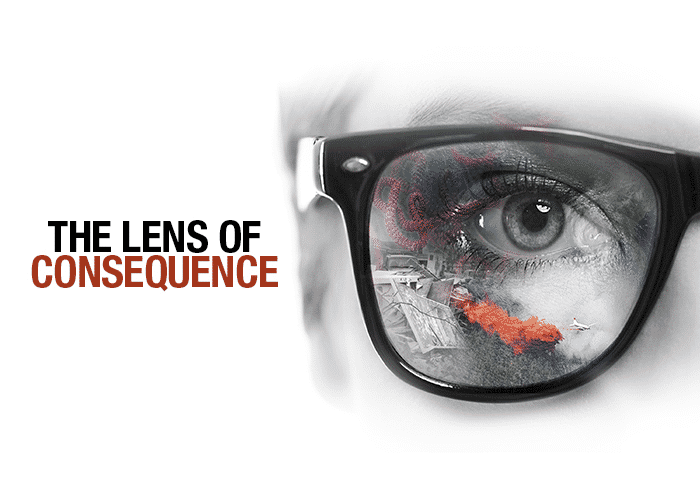The Lens of Consequence

Nothing less than a cultural change is underway at the National Geospatial-Intelligence Agency.
The fundamental character that will define NGA under the leadership of Director Robert Cardillo is one with a laser sharp focus on customer consequences. Cardillo’s intent is to make sure NGA delivers on its promise to provide world-class GEOINT. The truth of whether NGA is the premier GEOINT provider will play out in the results of this new focus on consequence.
To that end, Cardillo posted a call to action to the workforce through the agency’s internal communications. It was a challenge to think about all they do in terms of what their customers accomplish with their work, whether those customers are external or internal.
“Pursuing consequence together must be the ethos that defines who we are or who we must strive to become,” Cardillo wrote. “I want to hear about consequences for our customers within 12 hours, and I don’t want there to be more than one level of approval between the employee who reports the consequence and me.”
In response to this challenge, Navy Cmdr. Craig Lawless of NGA’s Customer Engagement Initiative is leading an effort that on Feb. 2, unveiled a “consequence tool” to the workforce. While discussing the intent of the tool, Lawless said the agency lacks a single repository to contain customer consequences, even though there are multiple avenues for customers to provide feedback to NGA.
“This tool not only puts a report of a customer consequence on the fast lane to the director, it provides an opportunity for the workforce to reflect on how their work affects their customers,” Lawless said. “And it’s not just a tool; it’s a process that intends to shift the culture consciousness at NGA.”
That process begins with any member of the agency workforce who notices a consequence that an internal or external customer has realized through the receipt of an NGA product or service. He or she opens up the “consequence tool” from the internal NGA homepage and enters the customer’s consequence, including details such as its content, context, conveyance, and any collaborators. Once the “submit” button is clicked, the entry goes through only one validator before it arrives at the NGA director’s desk.
Lawless points out that the validation step is essential to the spirit of the process because it can spark a dialogue. For example, the validator may return to the author to discuss whether their submission truly qualifies as a consequence or to encourage them to reach out to the customer for more details regarding their consequence.
“That is the kind of conversation that needs to occur more often to better focus us on what we are doing that really makes a difference for our customers,” said Lawless.
According to Cardillo, the consequence process “will get us in the habit of looking at our work through the lens of customer consequence … by encouraging dialogue with our customers, it will help NGA be more effective in our response and more anticipatory in our approach. It will also help reveal where we can do better.”


